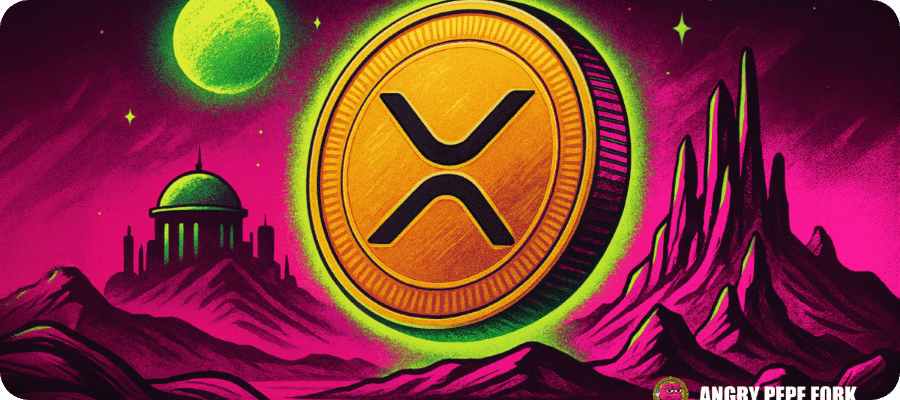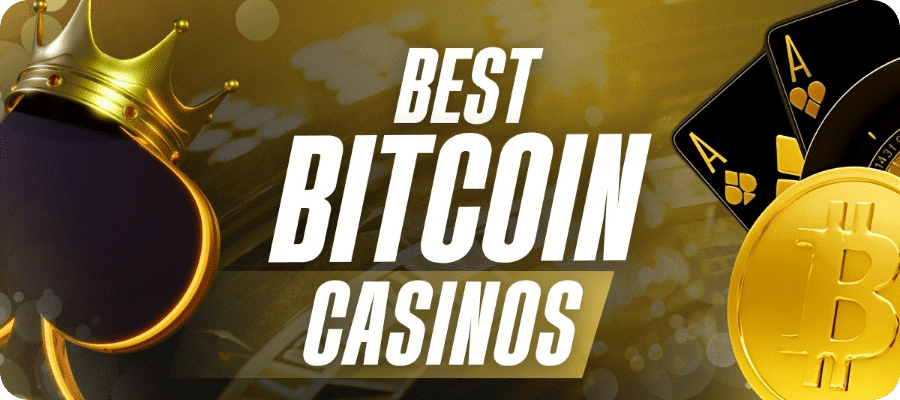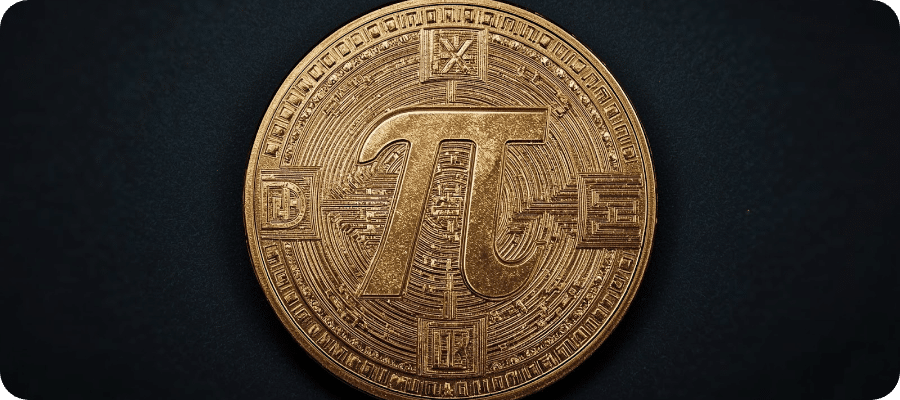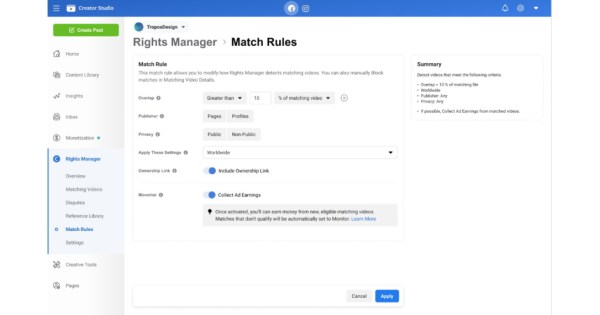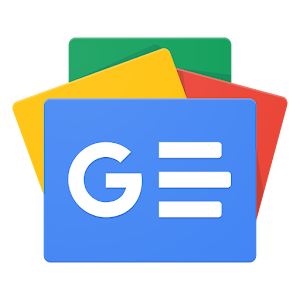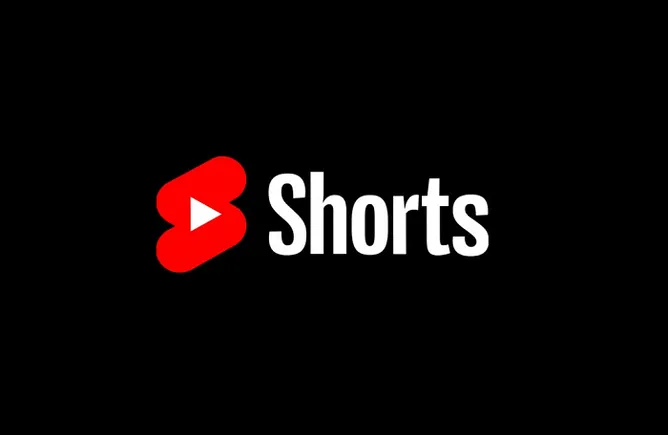The world of digital art and collectibles has been revolutionized by the introduction of non-fungible tokens (NFTs). There are hundreds of promising NFTs startups on the crypto market these days. If you are an artist, collector, or investor, the NFT landscape provides you with numerous opportunities to generate income. If you’ve been wondering how to make money with NFTs, you’ve come to the right place.
In this blog post, we will take a look at 6 different ways of investing in NFTs. From creating and selling your own digital art to investing in virtual land, these tips are designed to help you navigate the NFT market and potentially generate significant returns.
How to Make Money with NFTs? The Best Ways To Profit from Non-Fungible Tokens
Trade NFTs on Secondary Markets. Platforms like OpenSea and Nifty Gateway allow buying and selling previously owned NFTs. Users should research market trends and aim to buy low and sell high.
Earn Passive Income through NFT Staking. Staking NFTs on platforms like Unifty or NFT20 can earn rewards, typically in the form of cryptocurrency.
Create and Sell Your Own NFT Art. Artists can tokenize their digital art (images, videos, music, 3D models) and sell them on NFT marketplaces like OpenSea and Rarible.
Invest in NFT Collections. This involves buying NFTs from collections like CryptoPunks or Bored Ape Yacht Club with the intent to sell them at a higher price later.
Play NFT games. Trade your time for money by grinding in-game NFTs that you can later sell for profit.
Investing in Virtual Land and Metaverse Assets. Buying and developing virtual land in metaverse platforms like Decentraland or the Sandbox can be profitable.
What Is an NFT?
An NFT, or non-fungible token, is a unique crypto token that is used to certify ownership and authenticity. Imagine you have a special, one-of-a-kind trading card, but instead of holding it in your hand, it exists online as a virtual asset.
Each NFT is distinct and has its own unique identifier, much like a serial number, making it different from all other NFTs. They’re often used to represent digital artwork, game items, music, videos, and other digital and physical assets — even, in some rare cases, real estate. The “non-fungible” part means that these tokens can’t be exchanged on a one-to-one basis like regular money; each NFT has its own value based on factors like rarity, demand, and the artist’s fame.
The power behind NFTs lies in the blockchain technology. The blockchain keeps track of who owns what, providing proof of ownership for each NFT. Think of it like a certificate of authenticity for a painting, but for digital items. The native token of a blockchain that is capable of supporting non-fungible tokens, like Ether for the Ethereum network, is often used to buy and sell these NFTs.
Now, let’s take a look at how NFTs can make you money and become an additional source of income.
The three main ways to make money with NFTs.
1. Create and Sell Your Own NFT Art
The most direct way to make money with NFTs is by creating and selling them. As an artist or content creator, you can tokenize your work, turning it into a unique, tradeable asset on the blockchain.
Creating NFTs for profit is easy — here’s how you can get started:
Choose your art medium. NFTs encompass a wide range of digital media, including images, videos, music, 3D models, and even virtual reality experiences. Pick the one you like the most and do it best.
Create your asset. Spend time refining your digital creation, making it unique and visually appealing — something that collectors or investors would value.
Select an NFT marketplace. There are numerous NFT marketplaces where you can mint and list your art, such as OpenSea, Rarible, and Foundation. Research each platform’s fees, user base, and supported blockchains before making your decision.
Mint your NFT. Once you’ve chosen a marketplace, follow their guidelines for minting NFTs, upload your digital artwork, and create a token to represent it on the blockchain.
List your NFT for sale. Set a price for your NFT and list it on the marketplace, either for a fixed price or as an auction.
License your NFT. Artists can earn ongoing revenue through licensing agreements or royalties each time their NFT is resold. This can provide a continuous income stream beyond the initial sale.
Tip: To generate interest and increase the value of your NFTs, consider collaborating with other established artists, leveraging social media marketing, or even creating limited edition collections.
2. Invest in NFT Collections
If you don’t want to create NFTs, you can go with another way to make money with NFTs: investing in digital collectibles and art. This involves purchasing non-fungible tokens that are part of a series or set, with the goal of selling them later for a higher price. Some well-known NFT collections include CryptoPunks, Bored Ape Yacht Club, and World of Women.
The famous Bored Ape Yacht Club NFTs.
To get started with investing in NFT collections, follow these steps:
Research popular and upcoming collections. Keep an eye on NFT marketplaces, social media platforms, and industry news to identify trending and potentially valuable releases.
Analyze rarity and value factors. Assess the rarity of NFTs within a collection based on factors such as edition size, artist reputation, and unique traits. Higher rarity generally correlates with higher value.
Set a budget. Determine how much you’re willing to invest in NFT collections and stick to your budget. Remember that investing in NFTs can be risky, and there’s no guarantee of returns.
Purchase NFTs. Once you’ve identified a collection that aligns with your interests and investment goals, buy the NFTs on a trusted marketplace.
Monitor the market. Keep track of the value of your NFTs, paying attention to trends and news related to the collection. When the time is right, consider selling your NFTs for profit.
Tip: Diversify your NFT investments across various collections and artists to reduce risk and potentially increase returns.
3. Selling NFTs You Get from Playing NFT Games
Playing NFT games can be more than just a fun pastime; it can also be a lucrative opportunity to earn valuable NFTs and turn a profit. These games often reward players with unique digital items, which can range from in-game assets like special characters or equipment to exclusive artwork.
Here’s how you can make money with NFTs you get from playing games:
Identify valuable NFTs within the game: As you play, keep an eye out for rare or sought-after items. These could be anything from limited edition characters to unique in-game artifacts. The rarer the item, the more potential it has to be valuable in the marketplace.
Evaluate and flip undervalued NFTs: Sometimes, you may come across NFTs that are undervalued in the game’s marketplace. Buying these NFTs and selling them at a higher price, a practice known as ‘flipping,’ can be a smart way to earn a profit. Keep in mind that flipping NFTs requires a good understanding of the game’s economy and what other players are willing to pay.
Transfer your NFTs to a compatible marketplace: Once you’ve acquired NFTs in a game, the next step is to transfer them to an NFT marketplace. Ensure that the marketplace you choose supports the blockchain on which your NFTs are built. Popular platforms for selling NFTs include OpenSea, Rarible, and Foundation.
List your NFTs for sale: After transferring your NFTs, list them on the marketplace. You can set a fixed price or opt for an auction format, depending on what you think will attract the most buyers. Be sure to highlight the uniqueness and potential value of your NFTs to gain attention.
Monitor the market for trends: The NFT market can be volatile, with the value of digital assets fluctuating rapidly. Keep an eye on market trends to understand when it’s the best time to sell your NFTs. Timing your sale right can significantly impact how much profit you make.
Tip: Engage with the game community to stay informed about which NFTs are in demand. Building a network and reputation can also help you spot opportunities to buy undervalued NFTs and sell them for a profit.
4. Trade NFTs on Secondary Markets
Trading NFTs on secondary markets can be a lucrative way to make money with NFTs. Secondary markets are platforms where users can buy and sell previously owned NFTs, often at fluctuating prices based on demand and rarity. Examples of secondary market platforms include OpenSea and Nifty Gateway.
Nifty Gateway’s main page. Your NFT collection could be here!
To begin trading NFTs on secondary markets, follow these steps:
Sign up on a secondary market platform. Create an account on a trusted NFT secondary market platform and connect your cryptocurrency wallet.
Research the market. Study trends, prices, and popular NFTs on your chosen platform to identify potential trading opportunities.
Buy low, sell high. Look for NFTs that are undervalued or have growth potential and purchase them with the intention of selling at a higher price later on.
Monitor your portfolio. Keep an eye on your NFT investments and track their performance over time. Stay up to date with market trends and news to make informed decisions about when to sell.
Tip: Develop a trading strategy based on factors such as price patterns, market sentiment, and NFT rarity to increase your chances of success.
5. Earn Passive Income through NFT Staking
Earning passive income through staking NFTs is another way to make money with NFTs. Staking involves locking up your NFTs in a smart contract to earn rewards, typically in the form of the platform’s native cryptocurrency.
Here’s how you can get started with NFT staking:
Find a suitable staking platform. Research various NFT staking platforms, considering factors such as supported NFTs, staking rewards, and platform reputation. Examples of NFT staking platforms include Unifty, NFT20, and Muse.
Stake your NFTs. Follow the platform’s guidelines to stake your NFTs, locking them up in a smart contract for a specified period.
Earn rewards. Collect staking rewards in the form of the platform’s native cryptocurrency or other incentives.
Unstake and sell. Once your staking period has ended, you can unstake your NFTs and either hold onto them or sell them on the market.
Tip: Be aware of the potential risks associated with staking, such as smart contract vulnerabilities and the possible depreciation of staked NFTs. Always research a platform thoroughly before committing to staking your NFTs.
Can’t load widget
6. Investing in Virtual Land and Metaverse Assets
The booming metaverse has created new opportunities for making money with NFTs by investing in virtual land and assets. Virtual land is a digital space within a metaverse platform that can be bought, sold, and developed. Examples of metaverse platforms include Decentraland, the Sandbox, and Somnium Space.
Inside the Decentraland, an NFT game.
To start investing in virtual land and metaverse assets, follow these steps:
Choose a metaverse platform. Research various metaverse platforms to find one that aligns with your interests and investment goals. Consider factors such as user base, development potential, and marketplace activity.
Purchase virtual land. Buy virtual land on the platform’s marketplace using the platform’s native cryptocurrency or other supported tokens.
Develop your land. Increase the value of your virtual land by developing it with virtual buildings, experiences, or other assets. This can attract users and generate revenue through in-world transactions or advertising.
Rent or sell your land. You can choose to rent out your virtual land to other users for recurring income or sell it for profit when its value has increased.
Tip: Diversify your investments across multiple metaverse platforms and virtual land parcels to reduce risk and potentially increase returns.
Other Ways To Make Money From NFTs
In addition to the options I’ve talked about above, there are some other, lesser known ways to make money with NFTs.
NFT Rentals. Similar to renting out physical assets, digital assets, especially in gaming and virtual reality environments, can be rented to other users. This is particularly useful for expensive or utility-based NFTs, such as those that provide access to specific parts of a game or virtual event access.
Fractional Ownership. This involves breaking down an expensive NFT into smaller, more affordable pieces, allowing multiple investors to own a portion of an NFT.
NFT Fundraising and Crowdfunding. Use NFTs for fundraising by creating tokens that represent a stake in a project or venture. This can attract investors who are looking for unique opportunities in new and upcoming projects.
Creating NFT-based Experiences. Offer unique digital experiences or services tied to NFT ownership. For example, virtual meet-and-greets, exclusive online events, or access to specialized content can be tied to owning a specific NFT, adding value to the token.
NFT Collateralization. You can use NFTs as collateral to secure loans or other forms of finance. This can be particularly useful in liquidity management for NFT owners who need funds but do not wish to sell their assets.
Why Invest in NFTs?
Unlike cryptocurrencies such as Bitcoin or Ethereum, NFTs are not interchangeable and hold their value based on their uniqueness and rarity. Combined with their recent popularity and hype, these features make them an attractive asset for crypto and non-crypto investors alike. Let’s take a look at some of the benefits and risks of trying to make money with NFTs.
Benefits of Investing in NFTs
There are several reasons why investing in NFTs can appeal to both seasoned investors and newcomers to the digital asset space:
Digital Ownership. NFTs provide a way to prove ownership of digital assets, enabling buying, selling, and trading of unique digital content on a global scale.
Potential for High Returns. Some NFTs have seen incredible returns on investment, with rare and sought-after pieces being sold for significant profits.
Diversification. NFTs can offer a unique and exciting way to diversify your investment portfolio, particularly if you have already invested in other cryptocurrencies or digital assets.
Supporting Artists and Creators. By investing in NFTs, you are directly supporting artists and creators, providing them with a new revenue stream and recognition for their work.
Access to Exclusive Content. Owning an NFT can grant you access to exclusive content, experiences, or even virtual spaces within online communities and metaverse platforms.
Become the smartest crypto enthusiast in the room
Get the top 50 crypto definitions you need to know in the industry for free
Risks of Investing in NFTs
While there are numerous benefits to investing in NFTs, it is crucial to be aware of the potential risks involved:
Market Volatility. The NFT market can be highly volatile, with prices fluctuating rapidly. This can lead to substantial gains but also significant losses.
Lack of Liquidity. Some collections see very few NFT sales, particularly if there is a low demand for the specific asset or if the overall market is experiencing a downturn.
Copyright and Intellectual Property Issues. There can be potential legal issues surrounding the copyright and intellectual property rights of NFTs, particularly if the creator did not have the right to tokenize the asset in the first place.
Fraud and Scams. As with any emerging market, the NFT space has seen its share of fraud and scams. For example, there are some bad actors that are selling themselves their own NFTs to inflate the prices of their digital assets. It is essential to exercise caution and thoroughly research any NFT investments or platforms before getting involved.
Environmental Concerns. Some NFT platforms use blockchain networks with high energy consumption, leading to concerns about the environmental impact of NFT transactions.
Conclusion
Making money with NFTs can be a rewarding and exciting venture. By following the tips outlined in this guide, you’ll be well-equipped to create, invest in, and trade NFTs for potential profit. As with any investment, remember to do thorough research, assess risks, and never invest more than you can afford to lose. With the right approach, you can capitalize on the numerous opportunities that the NFT landscape has to offer.
Making Money From NFTs: Frequently Asked Questions
Are NFTs still profitable?
NFTs can still be profitable, but profitability depends on factors like price fluctuations, the floor price of specific collections, and demand for high-quality NFTs. Success often requires careful timing and understanding of the market, as the space is volatile.
How do I start working with NFTs?
To start working with NFTs, choose a blockchain platform like Ethereum, create or buy a wide variety of digital assets, and use decentralized finance tools to manage them. Digital artists often mint their work as NFTs, while collectors focus on acquiring assets with potential value appreciation.
How to make money with NFTs as a beginner?
As a beginner, making money with NFTs involves purchasing low-cost assets with a potential rise in floor price, flipping NFTs for short-term gains, or holding onto them as a long-term strategy, similar to physical collectibles. Starting with small sums of money and gradually increasing investments as you gain experience is advisable.
What does NFT stand for?
NFT stands for “Non-Fungible Token.” Non-fungible means that it is unique and can’t be replaced with something else. For example, one Bitcoin is fungible — trade one for another Bitcoin, and you’ll have exactly the same thing. However, a one-of-a-kind trading asset like an NFT is non-fungible. If you traded it for a different asset, you’d have something completely different.
How do NFT marketplaces make money?
NFT marketplaces generate revenue through various fees, such as listing fees, transaction fees, and sometimes royalties on secondary sales. These fees are typically charged as a percentage of the sale price or as a flat rate per transaction.
What NFTs pay you to hold them?
Some NFT projects offer incentives to hold their tokens by providing rewards or passive income. These rewards can come in the form of cryptocurrencies, additional NFTs, or platform-specific tokens. One example of an NFT project that rewards holders is EulerBeats, which pays royalties to original NFT owners when copies of their NFTs are sold.
How to get into NFT trading?
To get started with NFT trading, follow these steps:
Set up a crypto wallet, such as MetaMask or Trust Wallet, to store and manage your cryptocurrency and NFTs.
Top up your wallet with cryptocurrency, typically Ethereum (ETH), as it is the most widely used currency for NFT transactions.
Choose an NFT marketplace, such as OpenSea, Rarible, or Foundation, and create an account.
Connect your crypto wallet to the NFT marketplace.
Research and identify the NFT collection and exact assets that you would like to buy or trade, and make transactions using your digital wallet.
If you’re just starting out and still researching how to make money with NFTs, it might be better to start with something cheaper. There are many affordable NFTs out there that you can purchase before getting into more expensive trading.
How to make and sell NFTs?
To create and sell your own NFT, you will first need to create your digital content, such as artwork, music, or a 3D model — or even simply make a viral tweet. Then, choose an NFT platform, like OpenSea, Rarible, or Mintable, that allows you to create and sell NFTs.
You will need to connect your digital wallet to the NFT platform and follow their guidelines for creating and minting your NFT. Set a price for your NFT, either as a fixed price or as an auction, and list it for sale on the platform.
Promote your NFT to potential buyers through social media, collaborations, or other marketing channels.
Is NFT real money?
While NFTs are not considered real money, they have the potential to be valuable digital assets. They use blockchain technology to verify uniqueness, ownership, and authenticity. NFTs can be anything from a piece of artwork to a tweet (for example, Twitter CEO Jack Dorsey sold his first post on the platform as an NFT), and they are often sold on online marketplaces using cryptocurrency.
So, NFTs are not real money, but they can still be a worthwhile investment. Unlike fiat money, which can be printed at will by governments, and cryptocurrency, which can be infinitely copied, NFTs are one of a kind by design and cannot be replicated. The rarity of these items can increase their worth for both collectors and investors.
Disclaimer: Please note that the contents of this article are not financial or investing advice. The information provided in this article is the author’s opinion only and should not be considered as offering trading or investing recommendations. We do not make any warranties about the completeness, reliability and accuracy of this information. The cryptocurrency market suffers from high volatility and occasional arbitrary movements. Any investor, trader, or regular crypto users should research multiple viewpoints and be familiar with all local regulations before committing to an investment.
